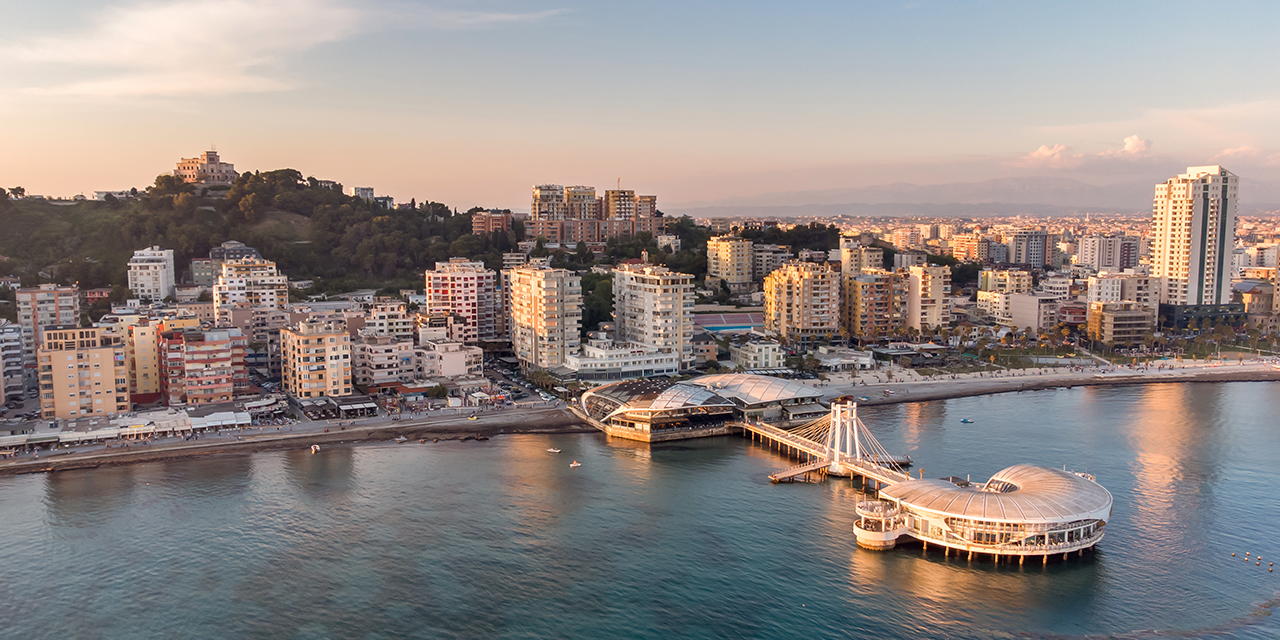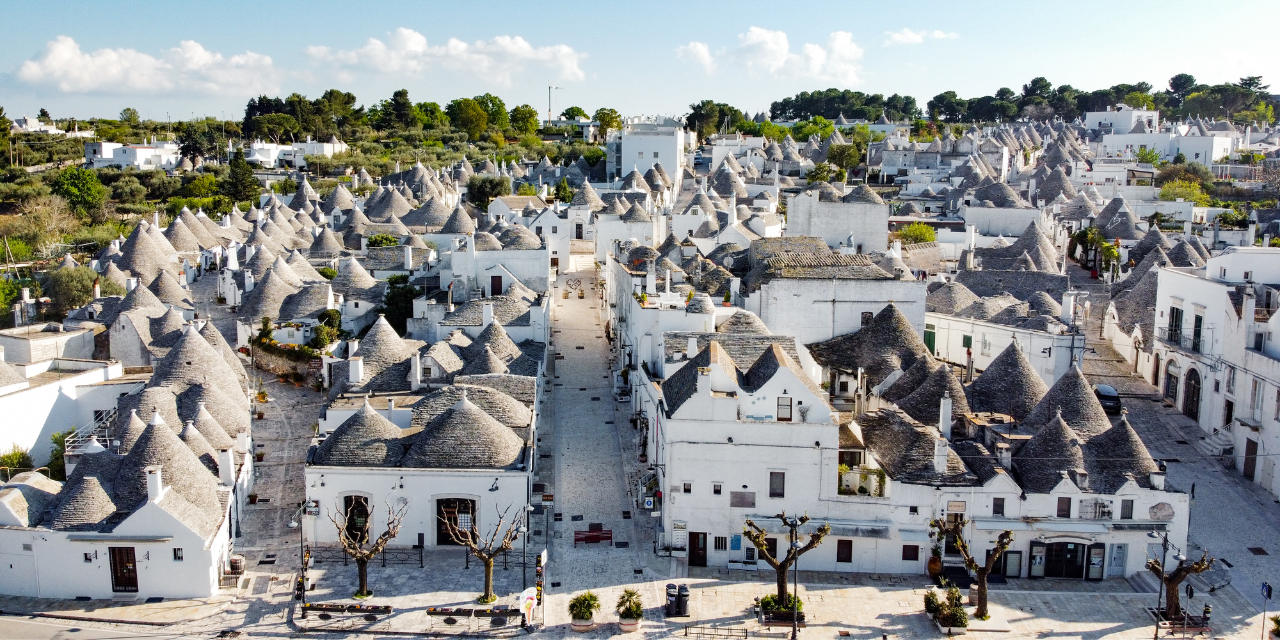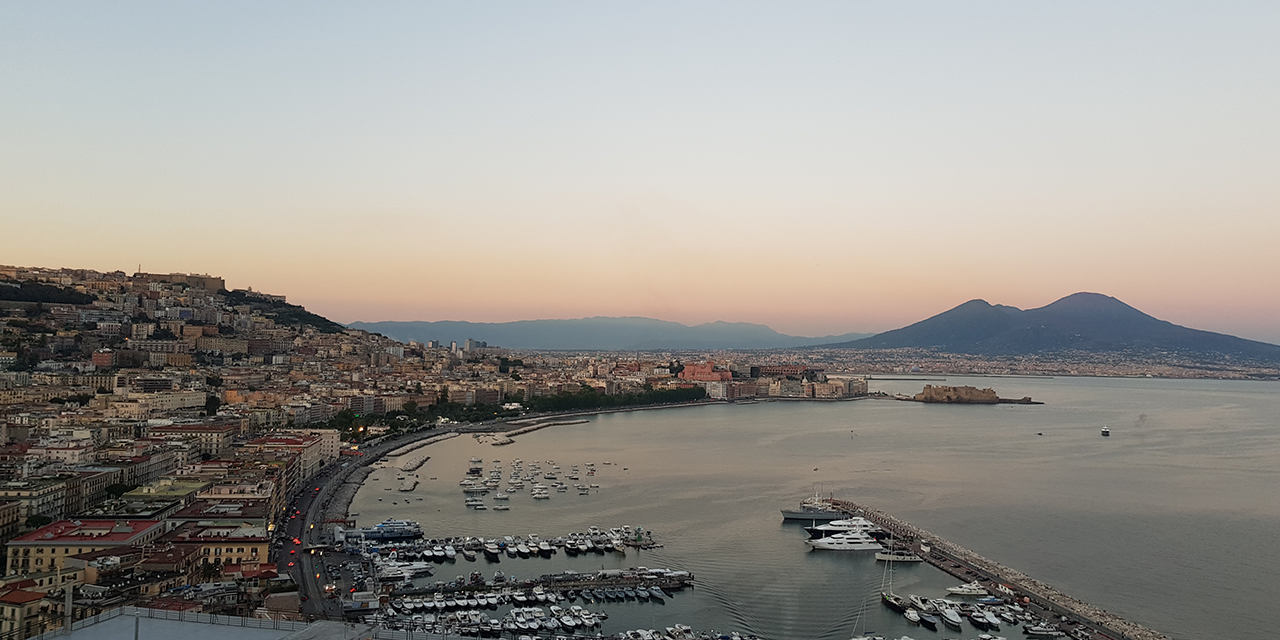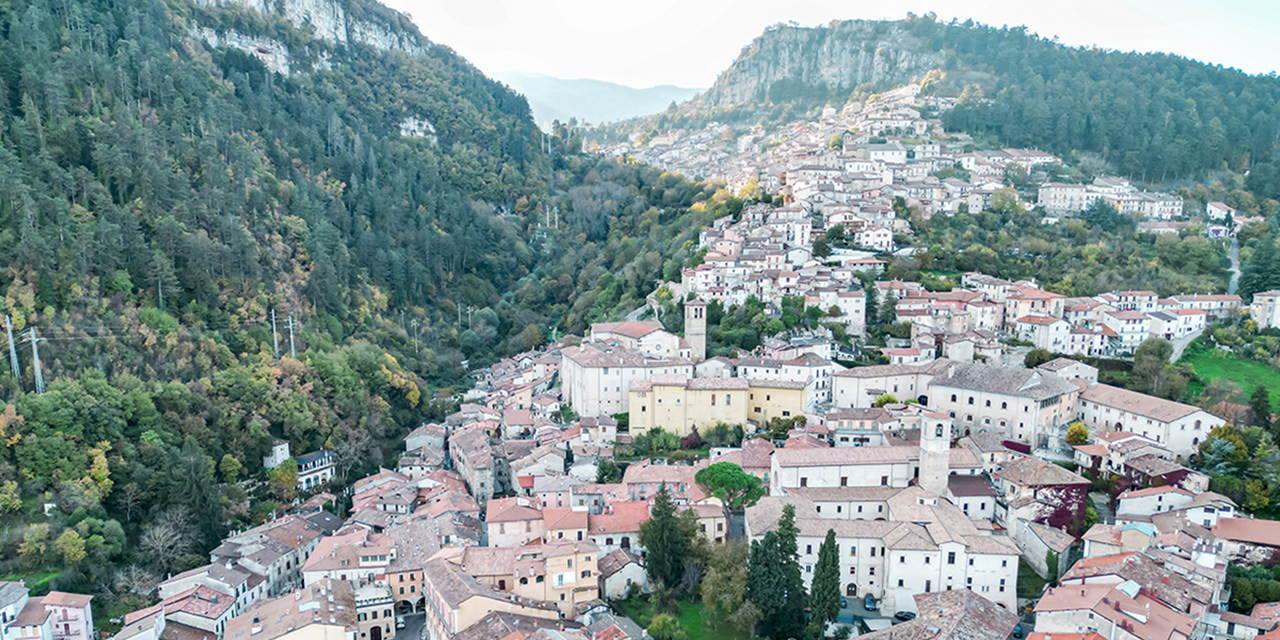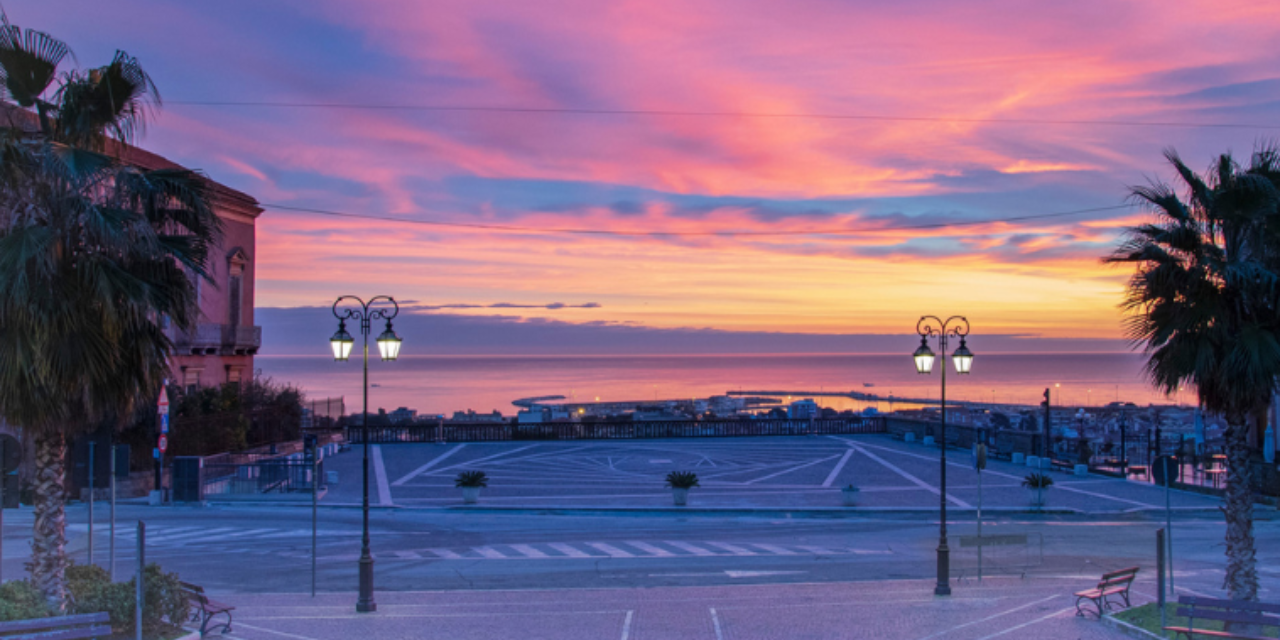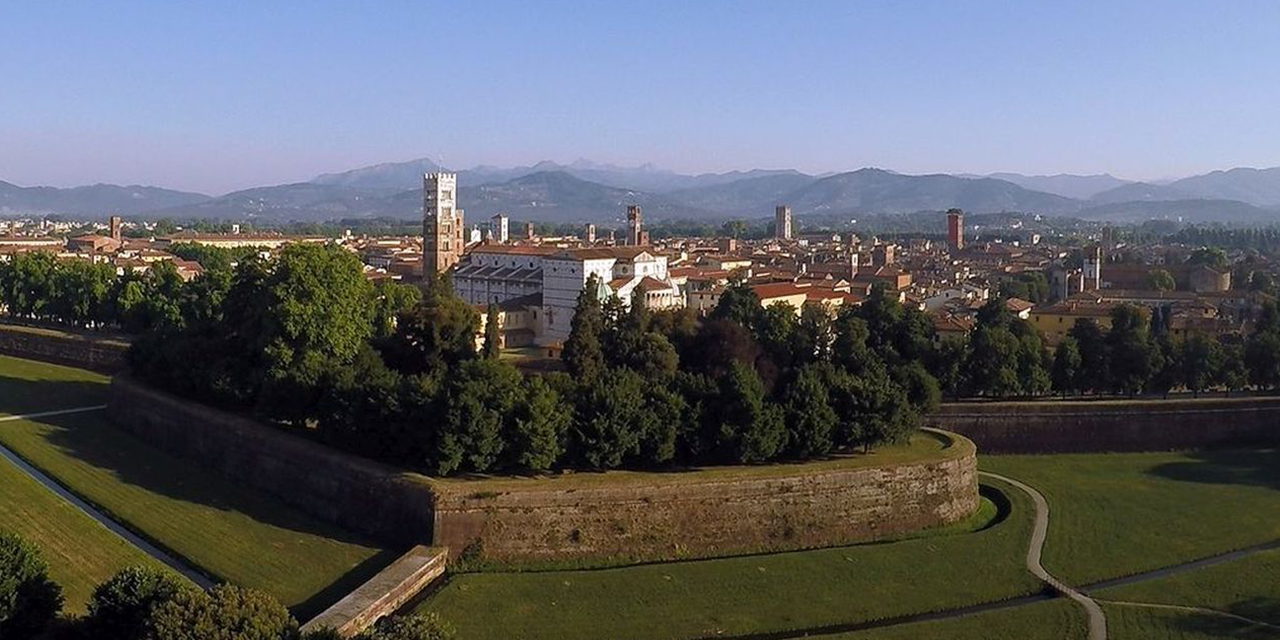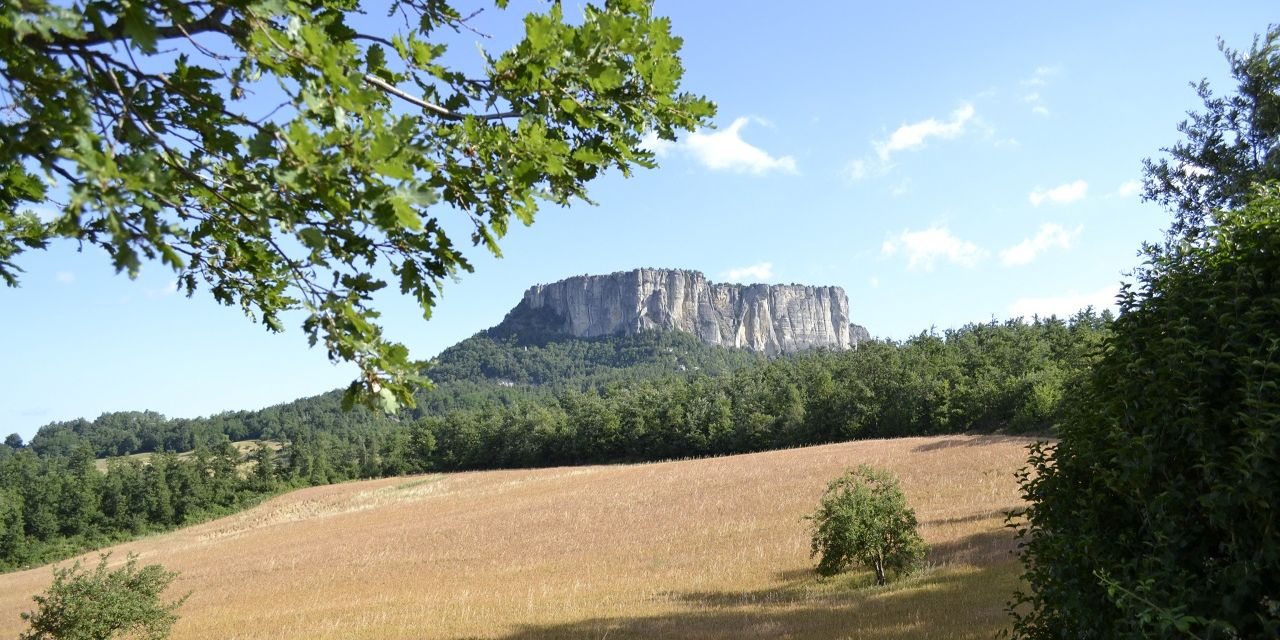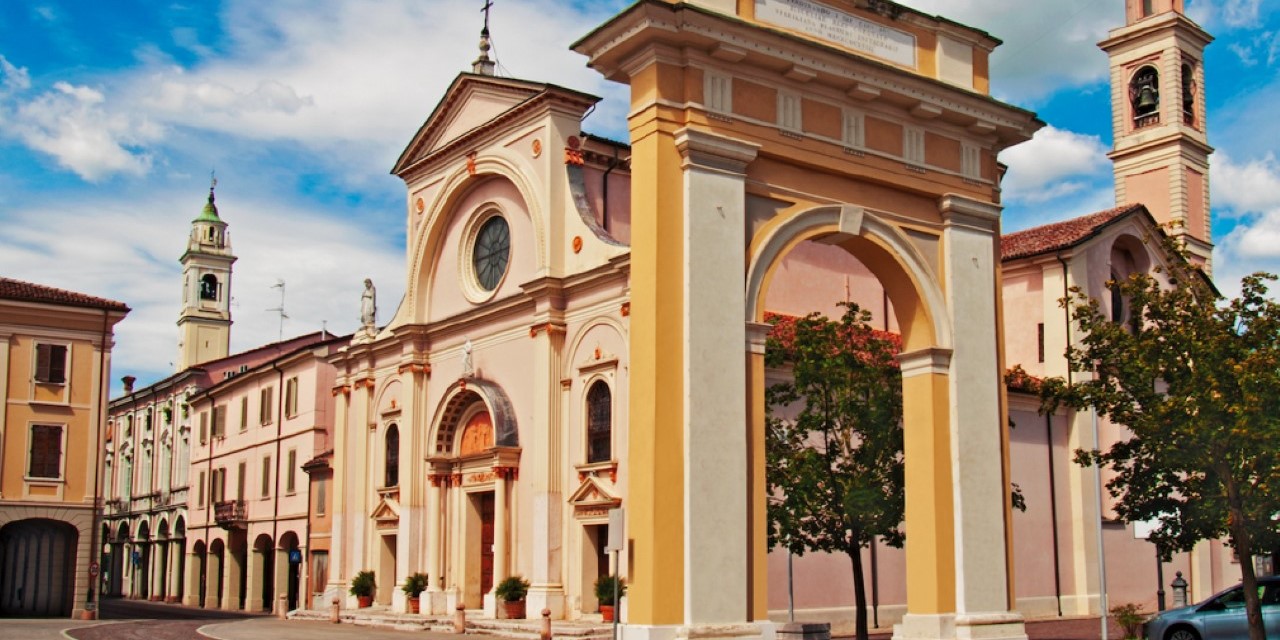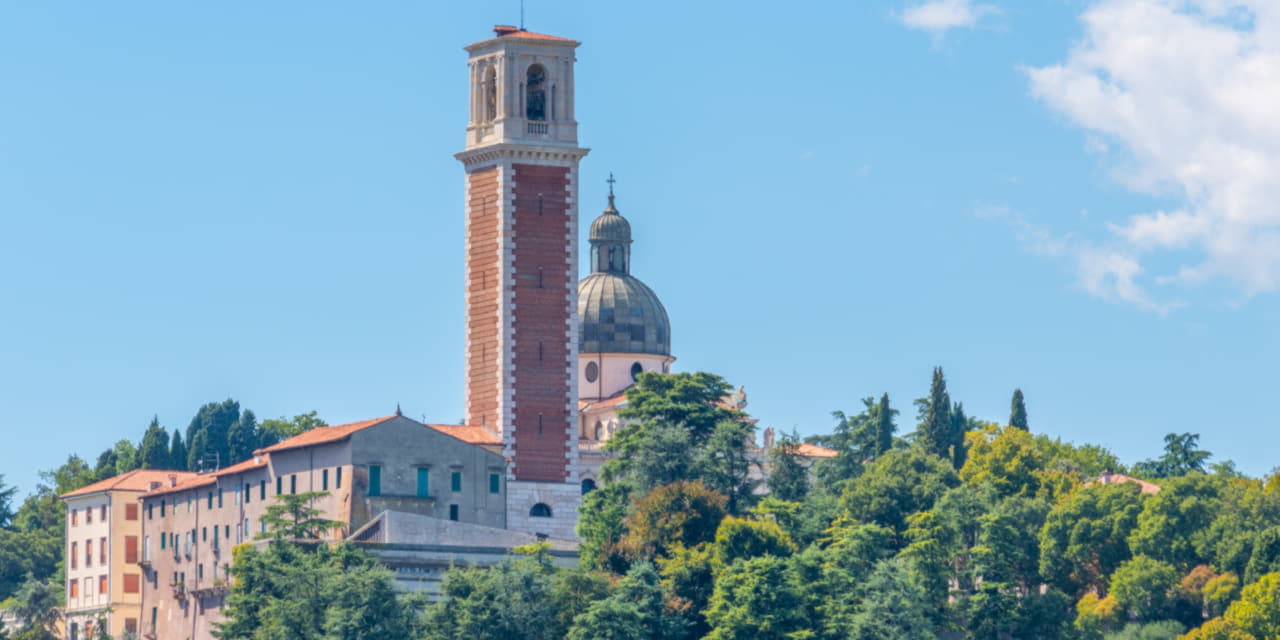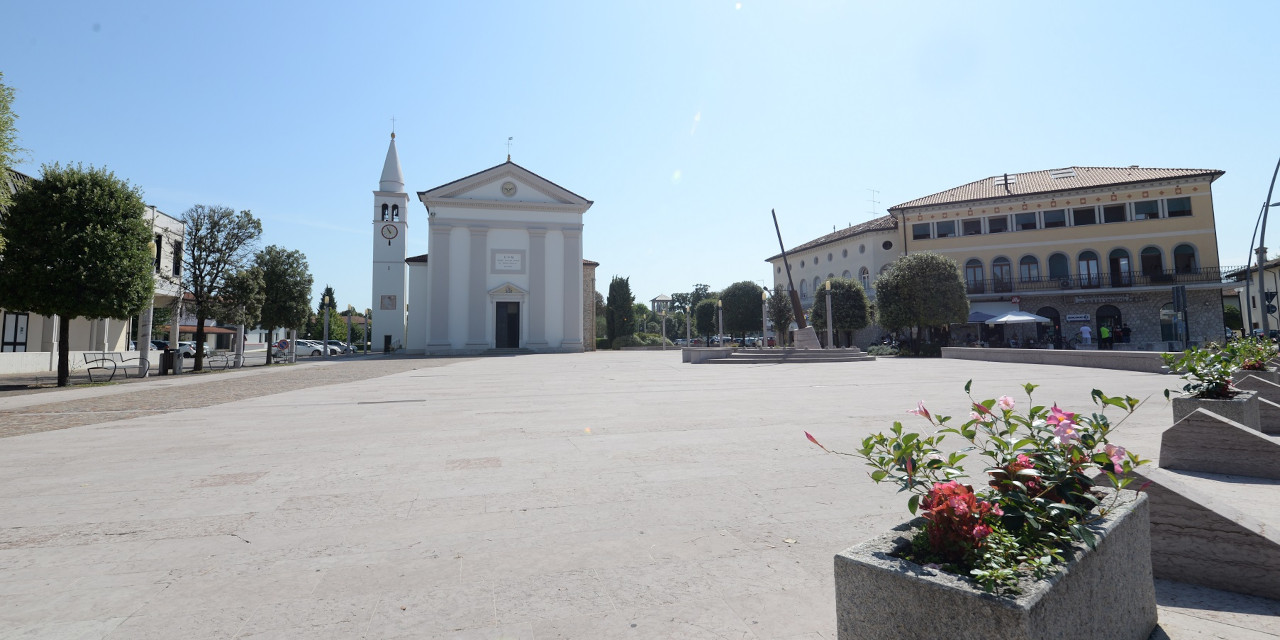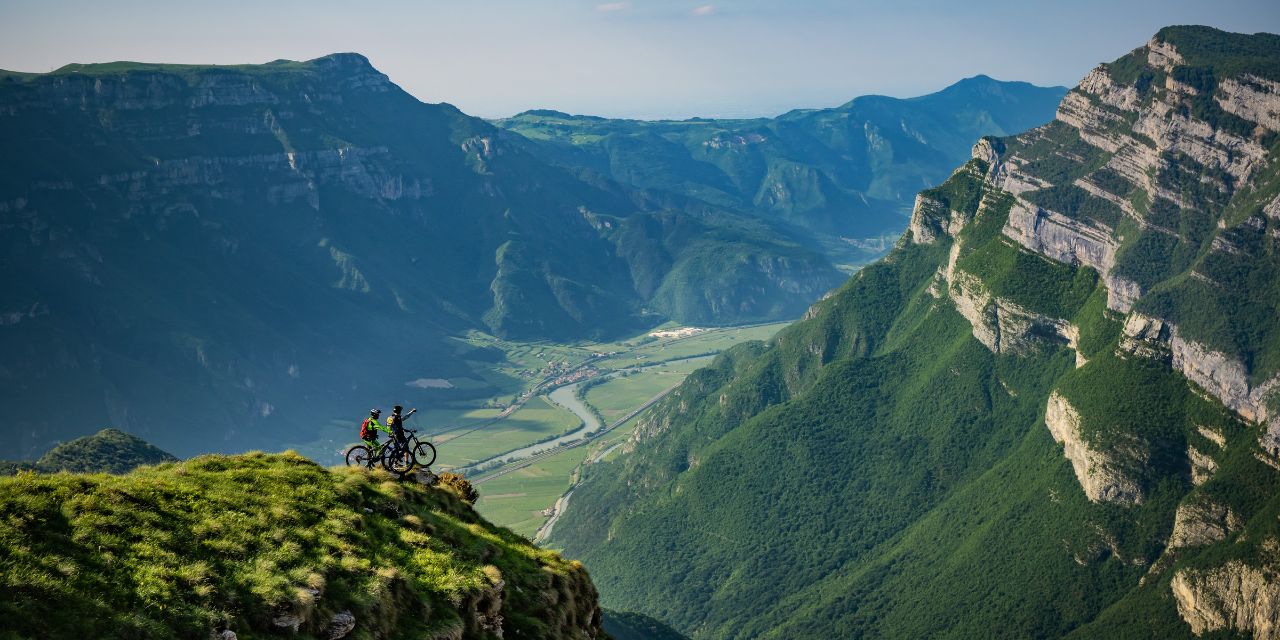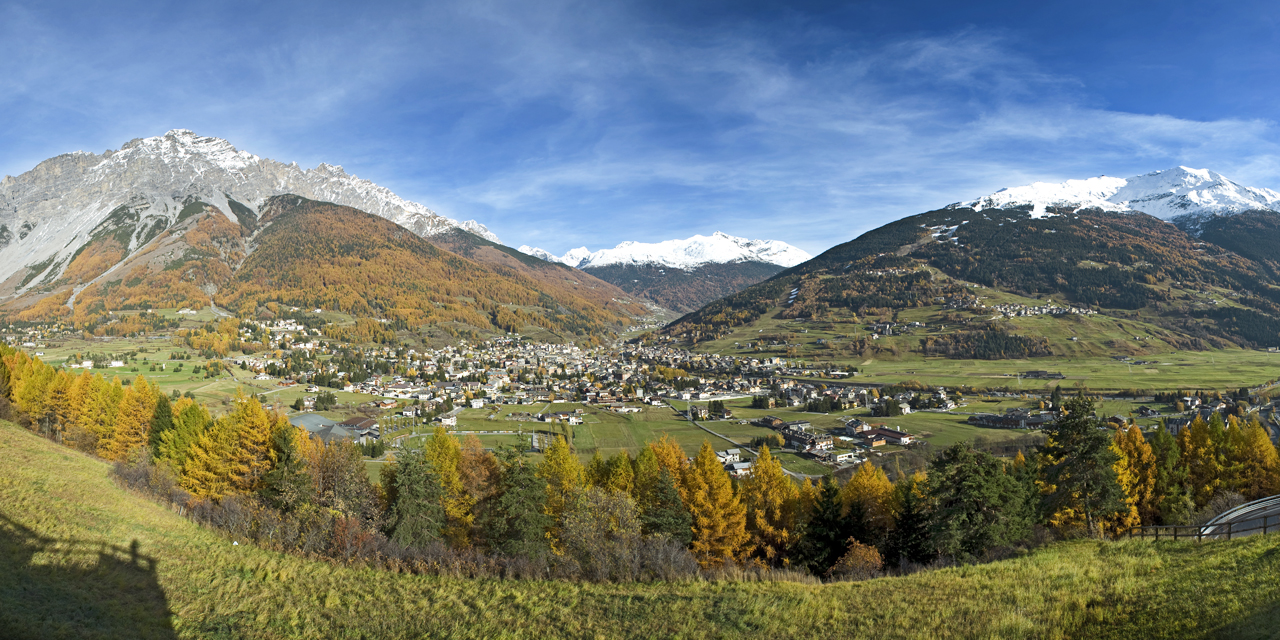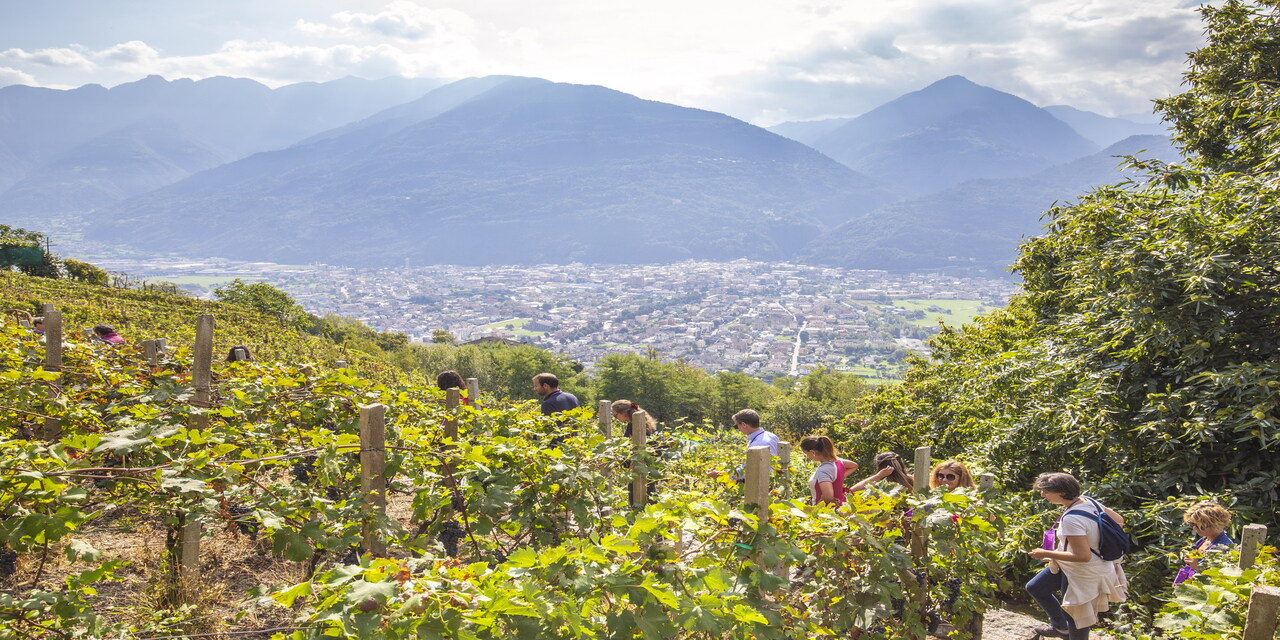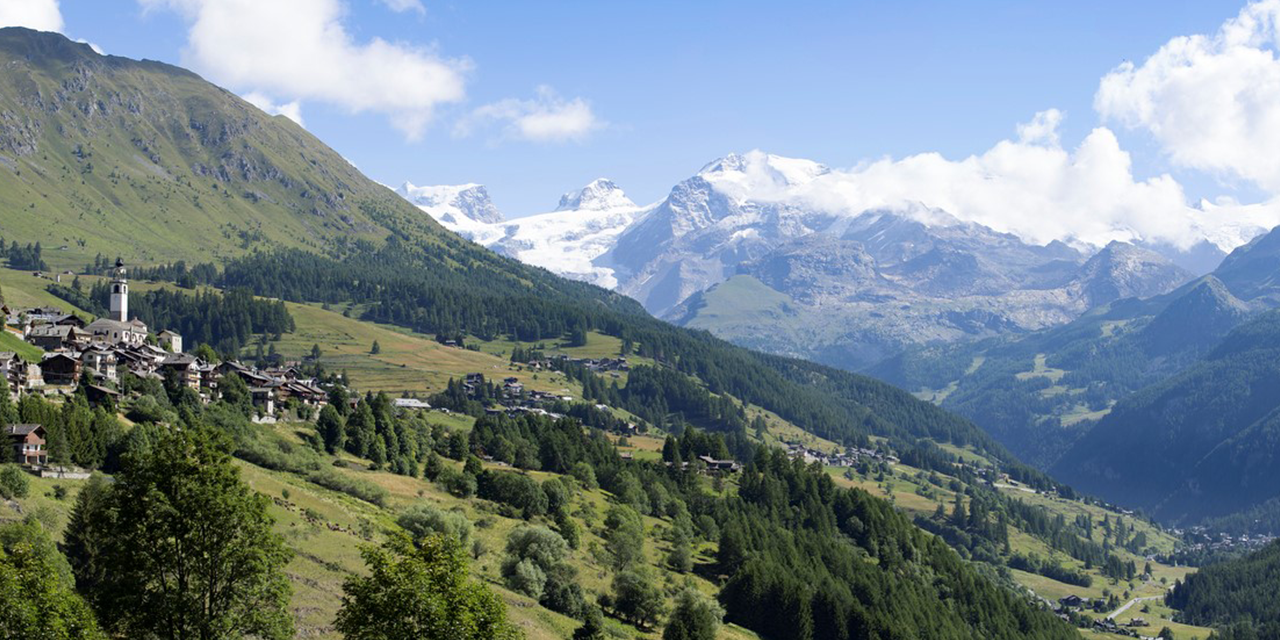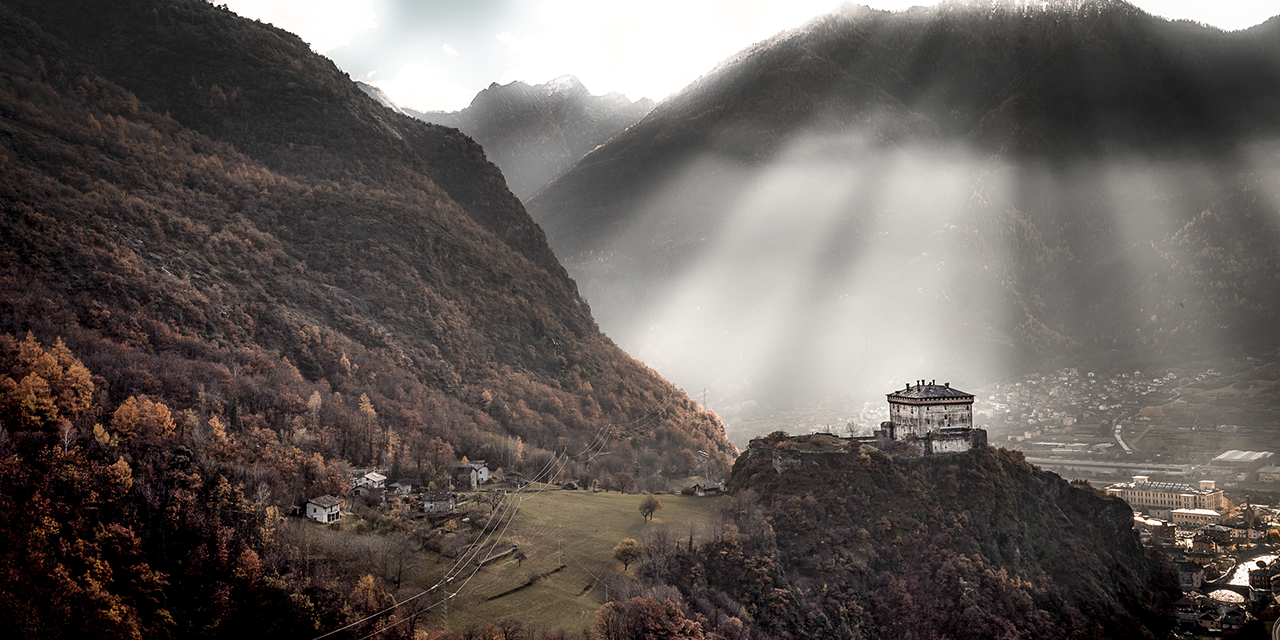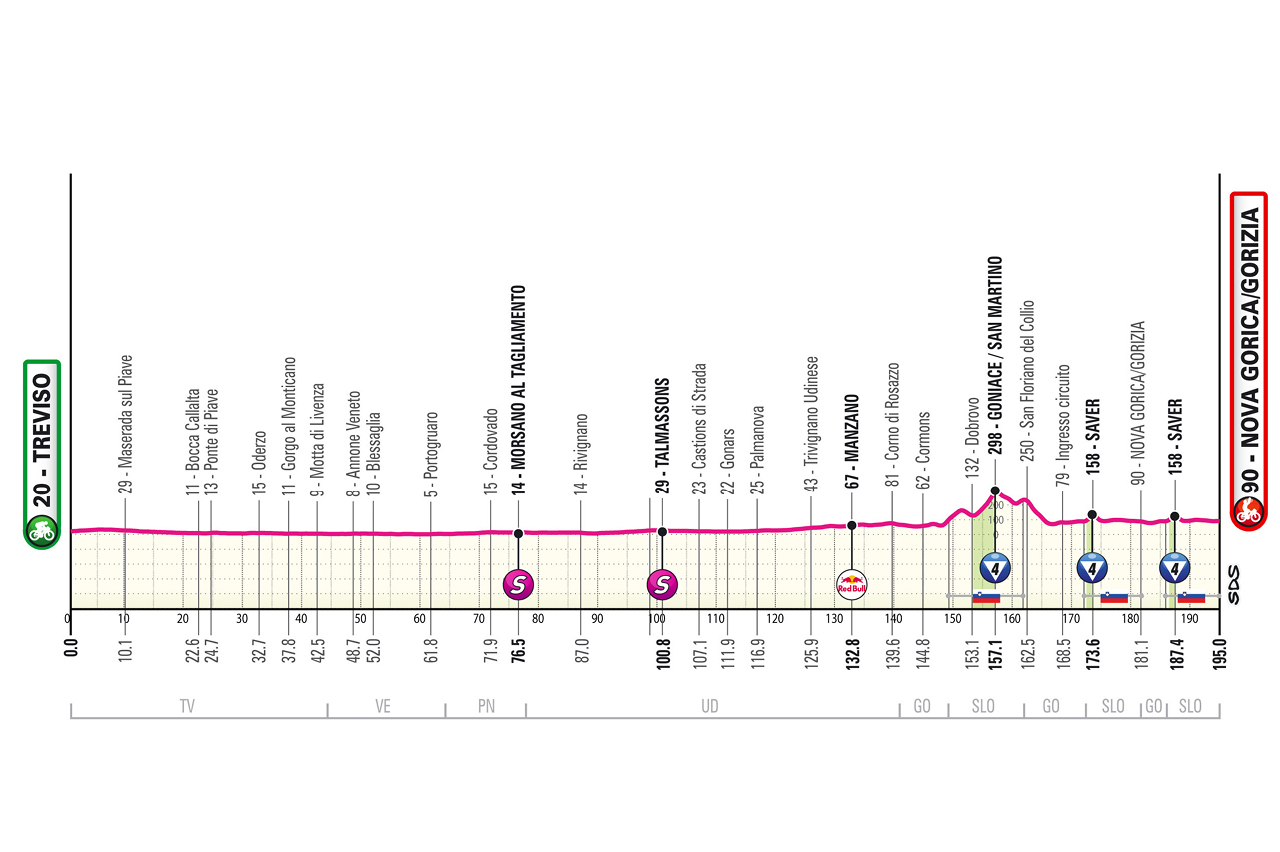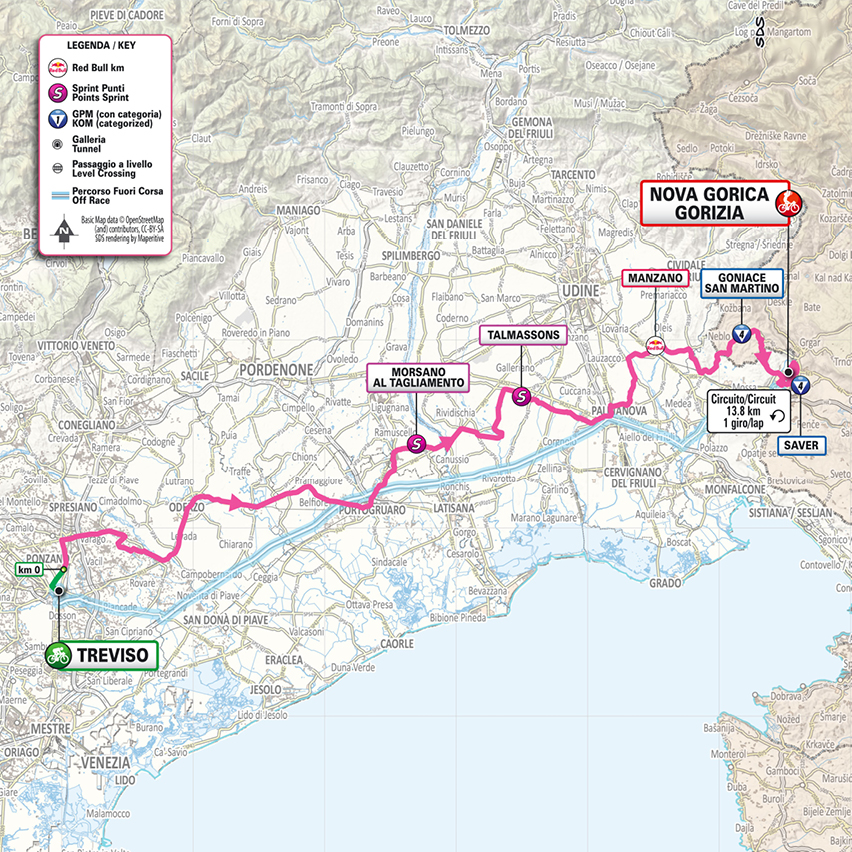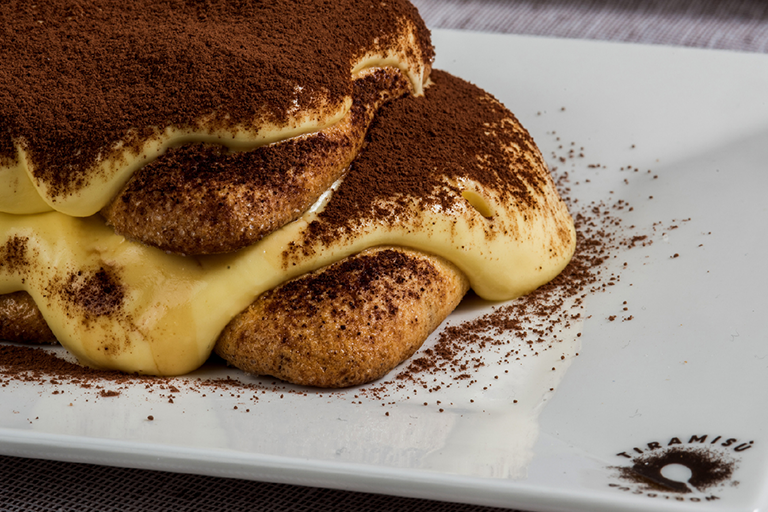Treviso
Overview
Treviso, located in Veneto, is a charming city with a rich medieval and Renaissance heritage. The historic center, crisscrossed by canals and lively squares, has earned it the nickname “Little Venice”. Treviso is renowned for its beautiful architecture, including the Cathedral of San Pietro (the Duomo) and the Palazzo dei Trecento. The city is also celebrated for its culinary traditions, including radicchio, tiramisù, and Prosecco.
Gastronomy
The Marca Trevigiana is a land of history, art, and culture, offering a wealth of authentic flavors and culinary traditions. Among its most famous products are tiramisù, radicchio, casatella trevigiana DOP, asparagus, sopa coada, pasta e fasioi, and risotto with rosoline.
Tiramisù, an iconic dessert beloved worldwide, was born in Treviso in the 1970s at Le Beccherie. The original recipe, featuring savoiardi soaked in coffee, mascarpone cream, eggs, and cocoa, is an irresistible delight. Today, this famous dessert even has a dedicated world championship for tiramisù makers.
Radicchio rosso di Treviso, with its slightly bitter taste and unique crunch, is an exceptional product recognized with IGP status.
Casatella trevigiana DOP is a fresh, soft cheese with a delicate, slightly tangy flavor, highly regarded in local cuisine.
Asparagus from Cimadolmo and Badoere, both with IGP designation, symbolize springtime and the region’s agricultural wealth.
Sopa coada, a rich pigeon soup, is an ancient dish with an intense and comforting flavor. Pasta e fasioi, a classic Venetian pasta and bean soup, is a simple yet hearty and satisfying dish.
Risotto with rosoline, a specialty of Treviso, highlights the land’s natural bounty. The dish is made with wild rose leaves, which add a delicate flavor to the creamy rice.
Wine and beverages
Prosecco is undoubtedly the most famous beverage from Treviso and its province. This high-quality sparkling wine, made from Glera grapes, is known for its fine bubbles and fresh, aromatic profile. Prosecco comes in different styles, including Brut, Extra Dry, and Dry, each with varying levels of residual sugar.
Among the region’s traditional red wines, Raboso del Piave stands out as one of the most characteristic. Made from the indigenous Raboso grape, it has an intense ruby color, notable acidity, and firm tannins, making it perfect for aging and pairing with meat dishes, game, and aged cheeses.
Clinto is a traditional farmer’s wine that was once common in the Treviso countryside. Made from American grape varieties, it has a deep purple color and a fruity aroma with hints of strawberry and raspberry. Although its production has declined due to European regulations, it remains a curiosity and a symbol of local heritage.
Treviso is also known for its artisanal liqueurs and spirits. Grappa Veneta, a strong distillate made from Prosecco and other local grape pomace, is available in aged and flavored versions. Another unique specialty is Liquore al Radicchio Rosso, which transforms the slightly bitter taste of Treviso radicchio into an intriguing and original drink
Points of Interest
Treviso, the capital of the Marca region and named European Green Leaf City 2025, is a picturesque destination in the heart of Veneto. The city is mentioned in Dante Alighieri’s Divine Comedy as “the place where the Sile and Cagnan meet“. In addition to these two rivers, Treviso is also traversed by the Botteniga and the Storga, creating a scenic network of waterways.
Piazza dei Signori is the heart of the city, home to the Prefecture and the majestic Palazzo dei Trecento, a medieval building adorned with frescoes and ancient coats of arms.
The Cathedral of Treviso, dating back to the 12th century, features seven domes and houses artworks by masters such as Titian, who painted the renowned “Annunciation”, as well as works by Domenico Capriolo, Paris Bordone, and Pomponio Amalteo.
The Church of San Francesco, built in the 13th century, contains the tombs of Francesca Petrarca and Pietro Alighieri, the daughter of the poet Petrarch and the son of Dante Alighieri. The high altar, installed in 1928, comes from La Verna, the sacred site where St. Francis of Assisi received the stigmata.
The Church of San Nicolò, the largest in Treviso, was constructed in the 14th century by the Dominicans. Inside, visitors can admire frescoes by Tomaso da Modena, including a striking depiction of St. Christopher.
The Loggia dei Cavalieri, built in the 13th century, once served as a gathering place for nobles and knights. Its frescoes depict medieval scenes, including minstrels, ships, and warriors inspired by the French epic Roman de Troie.
Porta San Tomaso, illuminated in pink 100 days before the start of the Giro d’Italia, was built in the 16th century and is the most monumental of the city gates, adorned with coats of arms, weaponry, and a lion of St. Mark. Porta Santi Quaranta, constructed in 1517, is dedicated to the forty Christian martyrs of Sebaste. Inside, it houses two hidden chambers: an armory in the attic and a cannon bunker in the basement.
The Bastione San Marco is part of the city’s historic fortifications, originally designed by Fra’ Giocondo da Verona. Once equipped with two levels of artillery, today it serves as a venue for cultural events.
The Isola della Pescheria is a picturesque spot where the city’s fish market takes place on an artificial island in the Cagnan canal. Here, visitors can enjoy traditional cicchetti (Venetian tapas) in the historic osterias, recalling the city’s medieval tavern culture.
Treviso’s historic mills are another defining feature of the city. The earliest mention of these mills dates back to 710 AD, and by the 18th century, over 250 operated in the city’s district. Some remain visible today, adding to the charm of the old town.
The Canale Buranelli, a tributary of the Sile, was once used by washerwomen and today hosts an art installation featuring a sculpture of Giovanni Comisso alongside other works known as “ombre in rete” (shadows in the net).
With its rich blend of history, art, and tradition, Treviso enchants visitors with its unique atmosphere, where waterways and ancient streets preserve the timeless elegance of Veneto.
Nova Gorica/Gorizia
Overview
Nova Gorica, located on the border between Italy and Slovenia, is a city that blends diverse cultures. Founded after World War II, it has become an important commercial and cultural center. Nova Gorica is famous for its casino and its close connection with the Italian city of Gorizia. It is also a key departure point for exploring the Collio wine region and the surrounding nature, which offers excellent opportunities for hiking and outdoor activities.
Gastronomy
The cuisine of Nova Gorica, along with the culinary traditions of the scenic Vipava Valley and the picturesque Brda region, is a perfect fusion of tradition and authenticity. Characterized by simple yet flavorful dishes made with fresh local ingredients, this gastronomy reflects Slovenian, Italian, and Austro-Hungarian influences, creating a harmonious blend of flavors that tell the story of the region.
Among the most representative dishes are gnocchi di Gorizia, soft and delicate, often served with rich, flavorful sauces, and jota, a traditional hearty soup made with sauerkraut or turnip, potatoes, beans, and pork, perfect for the colder months. Another standout specialty is pršut, an air-dried ham cured using artisanal methods, with an intense yet slightly sweet flavor, often paired with local wines and artisanal salami made from high-quality meats and seasoned with local spices.
A dish that truly embodies the simplicity and richness of the region’s cuisine is polenta bianca con toč, a rustic sauce made with peas and salami, delivering an authentic and comforting taste. Also essential in local dining are frtalje, omelets enriched with wild herbs hand-picked from the fields and forests, showcasing the rural traditions of the region. The area’s deep connection with the land is also evident in the wide variety of seasonal fruits, such as cherries, figs, and peaches, which enhance desserts and are often enjoyed fresh to highlight their natural sweetness.
One of the region’s prized products is the extra virgin olive oil from Brda, known for its fruity yet slightly spicy taste, a hallmark of superior quality that enhances dishes from salads to meats and seafood.
Completing this rich gastronomic landscape is the renowned winemaking tradition of the Vipava Valley and Brda, where both white and red wines of exceptional quality are produced. Indigenous grape varieties such as Zelen and Pinela, known for their freshness and floral notes, as well as structured reds like Merlot and Rebula, perfectly complement local dishes, turning every meal into an unforgettable experience.
Wine and beverages
Rebula (also known as Ribolla Gialla) is the queen of the region’s native white grape varieties, appreciated for its freshness, lively acidity, and pronounced minerality, making it a versatile wine with excellent aging potential. Alongside Rebula, the vineyards of Brda and the Vipava Valley produce high-quality international varieties such as Sauvignon Vert, Sauvignon Blanc, and Chardonnay, which develop unique aromas and flavors due to the region’s special microclimate.
Red wines, including Merlot and Cabernet Sauvignon, stand out for their structure, complexity, and aging potential, offering labels that compete with top international productions.
Beyond winemaking, the art of distillation is deeply rooted in Brda, where high-quality grappa and traditional liqueurs infused with aromatic herbs and local fruits encapsulate the authentic flavors of the land.
Among Slovenia’s wine regions, the Vipava Valley is particularly noteworthy for preserving 36 ancient indigenous grape varieties, some of which are rare and highly valued. Notable among them are Zelèn, an aromatic white wine with herbal and citrus notes; Pinela, offering a fresh, slightly fruity profile; and Pikolit, a rare grape often used in the production of sweet and dessert wines.
In recent years, Nova Gorica and Ajdovščina have also emerged as centers for craft beer production, with microbreweries specializing in unfiltered and unpasteurized beers that highlight natural ingredients and innovative brewing techniques. These beers rank among Slovenia’s finest craft products and attract a growing number of enthusiasts.
The region is also known for its high-quality seasonal fruit, particularly peaches, apricots, and cherries, which thrive in the mild climate and mineral-rich soil. These fruits not only enhance local cuisine but also serve as the base for excellent natural juices, free of additives and appreciated for their pure, authentic taste.
Points of interest
Situated along the Italian-Slovenian border, Nova Gorica is a dynamic city and an ideal departure point for exploring the region’s cultural and natural heritage. Some of its main attractions include the Monastery of Kostanjevica, which houses the tomb of the last French king, Charles X; the Solkan Bridge, renowned for having the world’s largest stone arch; and Mount Sabotin, a former battlefield now transformed into a Peace Park, where visitors can explore World War I trenches and enjoy breathtaking views over the Soča Valley.
The surrounding area, including the Vipava Valley, Brda (Collio), and the Karst Plateau, is famous for its extraordinary natural beauty, historical significance, and gastronomic excellence. The Vipava Valley, often described as a “Paradise on Earth,” is a dream destination for those seeking stunning landscapes and authentic traditions, while Brda (Collio), with its vineyards and orchards, offers a romantic setting and top-tier enology. Festivals and events dedicated to wine and local products, such as the Wine Train and winery tastings, provide unique opportunities to immerse oneself in the region’s traditions.
For adventure and sports enthusiasts, Nova Gorica and its surroundings offer a wealth of outdoor activities. The area is ideal for cycling, paragliding, trekking, and climbing, with diverse trails winding through valleys, hills, and rivers. The Path of Peace, a historical route that traverses sites linked to World War I, and the Alpe Adria Trail, which connects Austria to the Adriatic, allow visitors to discover medieval villages, castles, and breathtaking scenery while being fully immersed in nature.
The region’s cultural heritage is equally captivating, with castles, villas, and historic towns that reflect its aristocratic past. Notable destinations include Dobrovo Castle, home to a museum and historic winery, and Vila Vipolže, Slovenia’s most beautiful Renaissance villa, now a cultural center and exclusive event venue. The village of Vipavski Križ, with its ancient walls and cobbled streets, is one of Slovenia’s most picturesque towns, offering a journey back in time through its history and traditions.
Nova Gorica is also a symbol of cross-border cooperation, exemplified by Piazza Transalpina / Trg Evrope, a square split between Slovenia and Italy that represents the meeting of two cultures and European unity. From here, visitors can easily reach the Solkan Bridge, an engineering marvel with the world’s largest stone arch, offering spectacular views of the turquoise waters of the Soča River.
For those eager to explore the surrounding hills, Sveta Gora (Holy Mountain) is a significant pilgrimage site, where the basilica offers not only spiritual enrichment but also an incredible panoramic view over the Alps, the Soča Valley, and the Adriatic Sea. Another must-visit location is the Gonjače Viewing Tower, a 23-meter-high structure with 144 steps, providing a stunning 360-degree view over the rolling hills of the Slovenian Collio.



